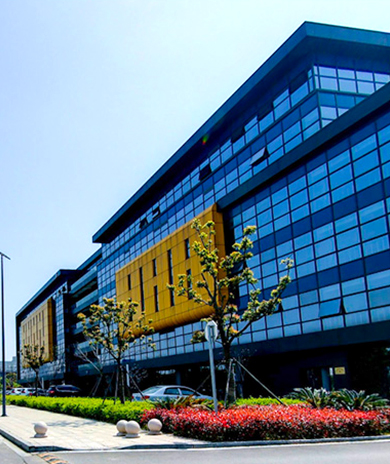VIDEO & CENTER

In all kinds of mechanical structures and equipment, although the bolt is small, it plays a vital role. A seemingly unremarkable loose bolt can lead to a series of serious consequences.
During the operation of mechanical equipment, the various components need to work closely together to ensure the normal operation of the system. If the bolt is loose, there will be a gap between the connected parts, resulting in vibration and noise during the operation of the equipment, this unstable operating state will not only affect the performance and life of the equipment, but also may cause harm to the surrounding environment and personnel.
In some key parts, such as Bridges, building structures, transmission systems of mechanical equipment, etc., if the bolts are loose, the strength and stability of the structure will be reduced, and when bearing a large load, these parts may break or fail, resulting in serious safety accidents.
So, what are the main causes of bolt loosening? Let's look down together:
undertightening
Insufficient tightening or false tightening of the bolt is originally insufficient preload, if loose, the joint will not have enough clamping force to fix the various parts together. This can cause lateral sliding between the two parts and the bolt will be subjected to unnecessary shear stress, which may eventually cause the bolt to break.

Vibration
Tests of bolted connections under vibration show that many small "transverse" movements cause the two parts of the connection to move together, while the bolt head or nut also moves with the connected piece.
These repeated motions counteract the friction between the bolt and the piece to be connected. Eventually, the vibration will cause the bolt to "spin loose" on the thread and the joint to lose its clamping force.
inlay
The design and development of bolt tension allows for a period of run-in, resulting in a certain loss of preload, during which the tightness of the bolt will be relaxed.
This relaxation is caused by embedding between the bolt head, nut, thread and the joint surface of the connected piece, and can occur in soft materials (such as composite materials) as well as hard polished metals.
If the joint is not designed properly, or if the bolt does not reach the specified tension at the beginning, the insertion of the joint may result in a loss of clamping force and not achieve the required minimum clamping force.
There are microscopic unevenness between the bonding surfaces, which will lead to convex point collapse and permanent plastic deformation under the action of bolt pre-tightening force after tightening, which will reduce the clamping length of the bolt and eventually lead to the decrease of bolt pre-tightening force.
Gasket creep or thermal expansion
Many bolt joints include a thin, soft gasket between the bolt head and the joint surface to seal the joint and prevent gas or liquid leakage. The gasket itself also acts as a spring, bouncing back under the pressure of the bolt and the joint surface.
Over time, especially near high temperatures or corrosive chemicals, the gasket may "creep," meaning it loses its elasticity, resulting in a loss of clamping force.
If the material of the bolt and the joint is different, the temperature difference caused by rapid changes in the environment or industrial cycle process is too large, it will cause the bolt material to expand or contract rapidly, which may loosen the bolt.
strike
When the greater impact load exceeds the friction force of the bolt pretightening, sliding occurs. Dynamic or alternating loads from machinery, generators, wind turbines, etc., can cause mechanical shock - an impact force applied to a bolt or joint - to cause the bolt to slide relative to each other.
Like vibration, this sliding can eventually cause the bolt to loosen. Even shocks are often not designed with such a large load in mind.
A loose bolt can have serious consequences, and the reasons for loose bolts are many. Therefore, in the process of engineering design, installation and maintenance, we must attach great importance to the fastening of bolts and take effective measures to prevent bolts from loosening to ensure the safe and stable operation of equipment and structures.














